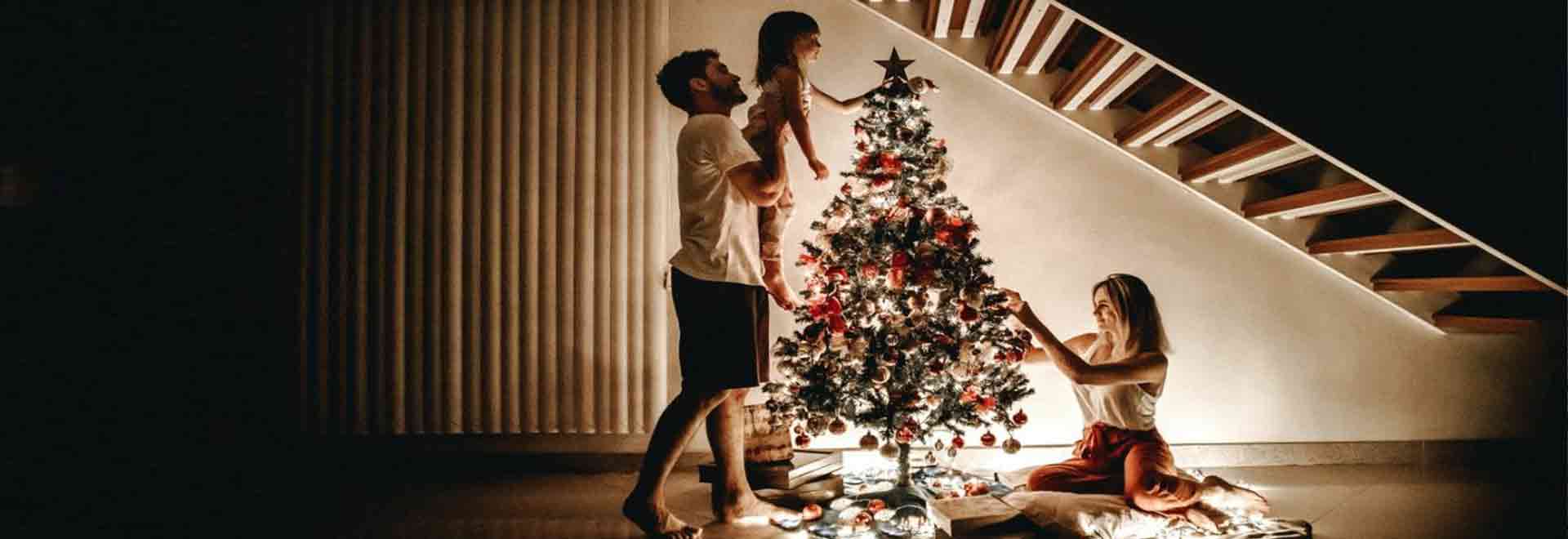It seems that to answer this question we would have to undertake an obstacle course through many obstacles, including those imposed by accelerated consumerism; but the question remains. And it is precisely a story, a historical story, that opens the doors to the real meaning of the “Christmas spirit.” A simple and precise account that says: “At that time a decree went out from Emperor Augustus ordering a census to be taken throughout the world. This first census took place while Quirinius was governor of Syria. And each person went to his hometown to be registered. Joseph, a descendant of David, left Nazareth, a town in Galilee, and went to Bethlehem in Judea, the town of David, to register with his wife, who was pregnant. While they were in Bethlehem, the time came for her to have a child. And Mary gave birth to her firstborn Son, wrapped Him in swaddling clothes and laid Him in a manger, because there was no place for them in the inn” (Luke 2:1-7).
Regarding this account, during his time as Cardinal, Pope Francis said: it is a historical fact, simple and with a clear reference to the path taken by the people of Israel. God chose his people and made them a promise; He did not sell them illusions, but rather planted hope in their hearts; that hope in Him, which remains faithful, because He cannot contradict Himself. This is how the “Christmas spirit” is manifested: a promise that generates hope, is consolidated in Jesus and is projected, also in hope.
The cited story continues by narrating the scene of the shepherds, the appearance of the angels and the song that is a message for all: “Glory to God in the highest, and on earth peace to men loved by him.” Hope not only points to the future, but also overflows into the present itself and is expressed in desires for peace and universal brotherhood, which to become a reality, of giving and receiving, must first take root in every heart.


